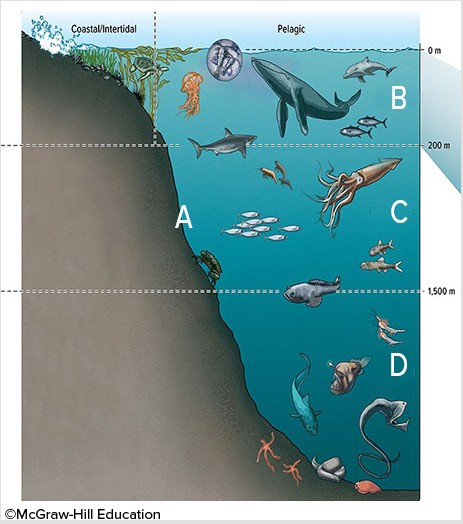Which of the following is not a reason for the energy deficit in the polar regions?
A) low sun angle
B) diffuse insolation
C) up to six months without insolation
D) high albedo due to snow and ice
E) little seasonal variability
E
You might also like to view...
A major growth in manufacturing occurred after the 1860's with the adoption of
A. lower taxes B. better roads C. new laws concerning exports D. steel production
The World Meteorological Organization
A) is under the auspices of the European Union. B) has about 50 member nations. C) transmits its data from three regional centers. D) does not have any weather sensors for oceans.
What are the overall percentages of the labor force that are engaged in agriculture in developed countries and developing countries, respectively?
A) 10%; 80% B) 5%; 60% C) 2%; 90% D) 15%; 50% E) 9%; 89%
In the diagram below, the importance of the falling precipitation at "A" for the global carbon cycle is that
A. the falling rain lubricates the Earth's surface, making crustal deformation more likely, which would bring carbon stored in the lithosphere back up to the atmosphere, warming the Earth. B. the falling rain makes carbon in the atmosphere more inert-giving it much greater potential to act as a greenhouse gas and warm the Earth. C. the falling rain brings CaCO3 which was trapped in the atmosphere to the surface, cooling the Earth. D. CO2 combines with water to form H2CO3, removing carbon from the atmosphere and cooling the Earth.